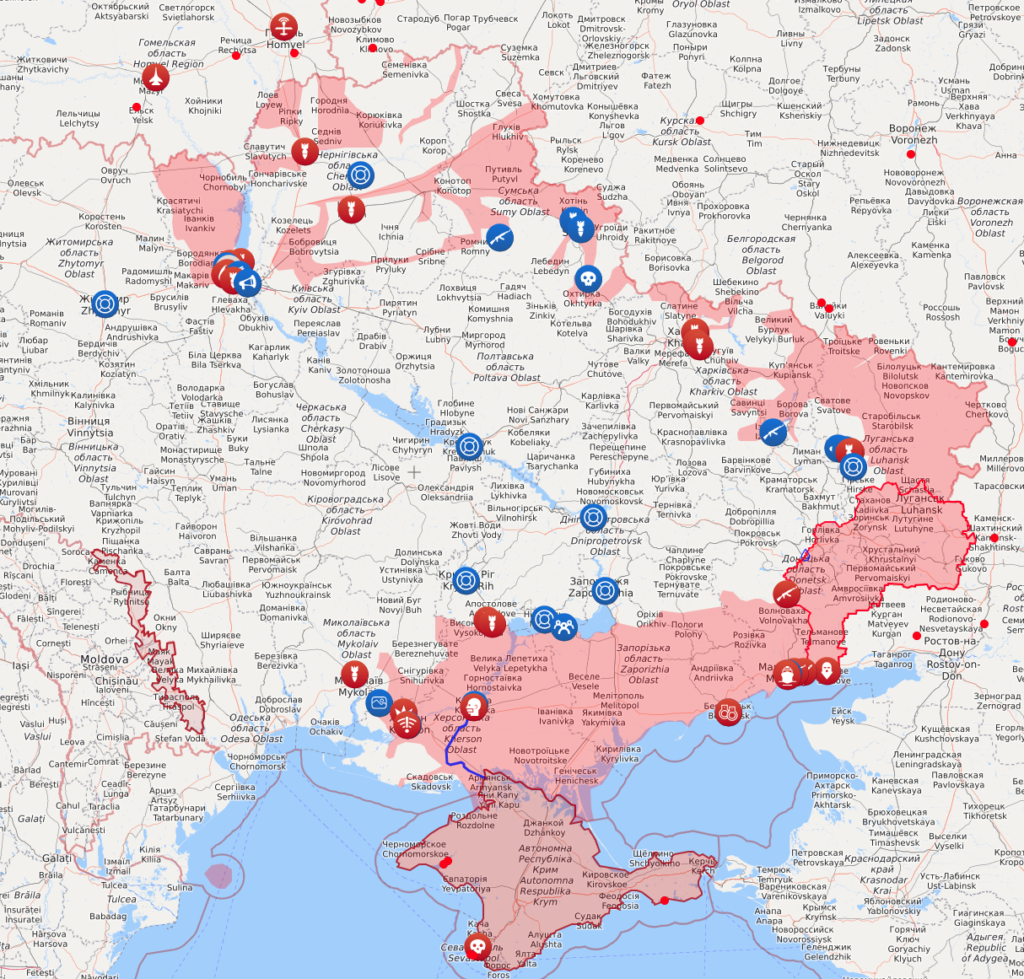Two videos on increasing Russian logistics difficulties in the Russo-Ukrainian War. First up: A video that suggests Ukraine has switched from a territory recapture strategy to an attrition strategy.
I think there has been a shift in Ukrainian strategy, but that shift has mainly been driven by the development and availability of longer-ranged weapons Ukraine lacked earlier in the war, combined with the effects of a long-term campaign to degrade Russia air power, naval assets and SAM systems, opening up avenues for longer range strikes. Ukraine focused on attacking Russia’s logistics systems right after the Battle of Kiev was won, but now they have the capability to hit much deeper into Russia’s logistics infrastructure.
Actually, I’m surprised there haven’t been any reported attacks on the Trans-Siberian Railway, given what a long, slender link that is. A few medium-to-long range drone teams inserted into northern Kazakhstan or Mongolia could wreck real havoc on trains, lines, bridges, etc.
Next, a video from Kanal 13 (very much a pro-Ukrainian source) suggests that the war and sanctions are cratering Russia’s military industrial complex.
Hell of a way to run a railroad. One wonders how extensive these problems are with other companies in Russia’s military industrial complex
Ukraine’s strategy has shifted more in relation to the way the war developed, and the changing availability of western weapons, than any fundamental shift in strategy. It became apparent that this was going to be a war of attrition in the first year, and the question of which would break first: The west’s willingness to send Ukraine weapons, or Russia’s economy and ability to wage it’s illegal war of territorial aggression?
Nothing about that strategy has changed, only Ukraine’s greater reach to affect the latter.
